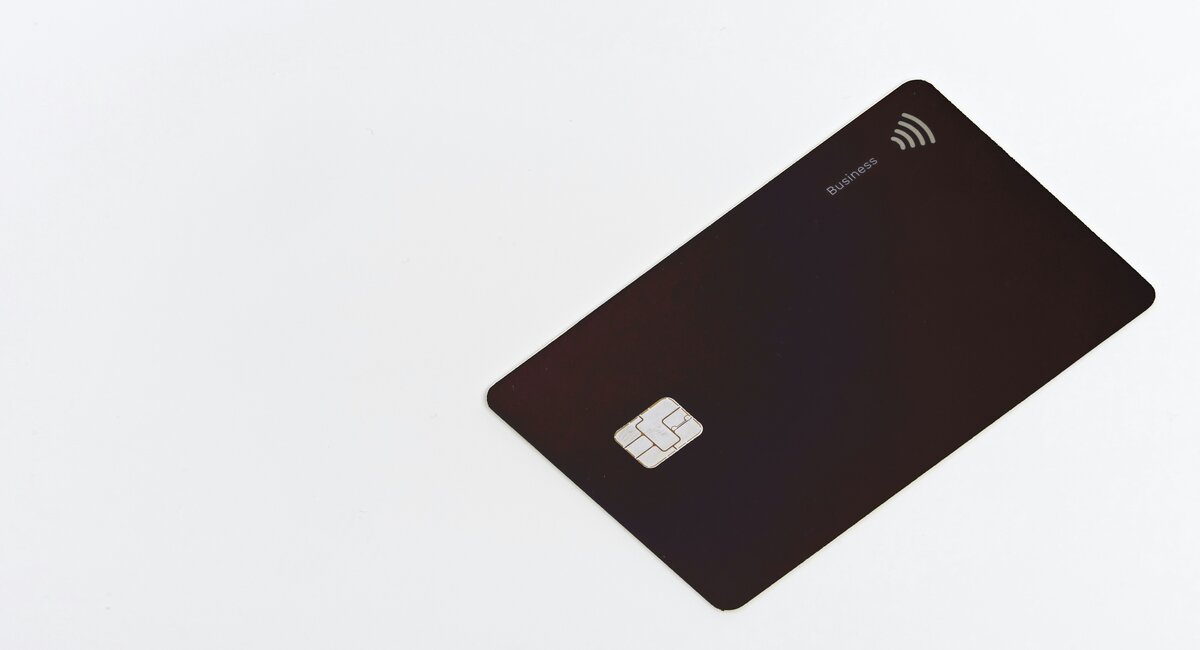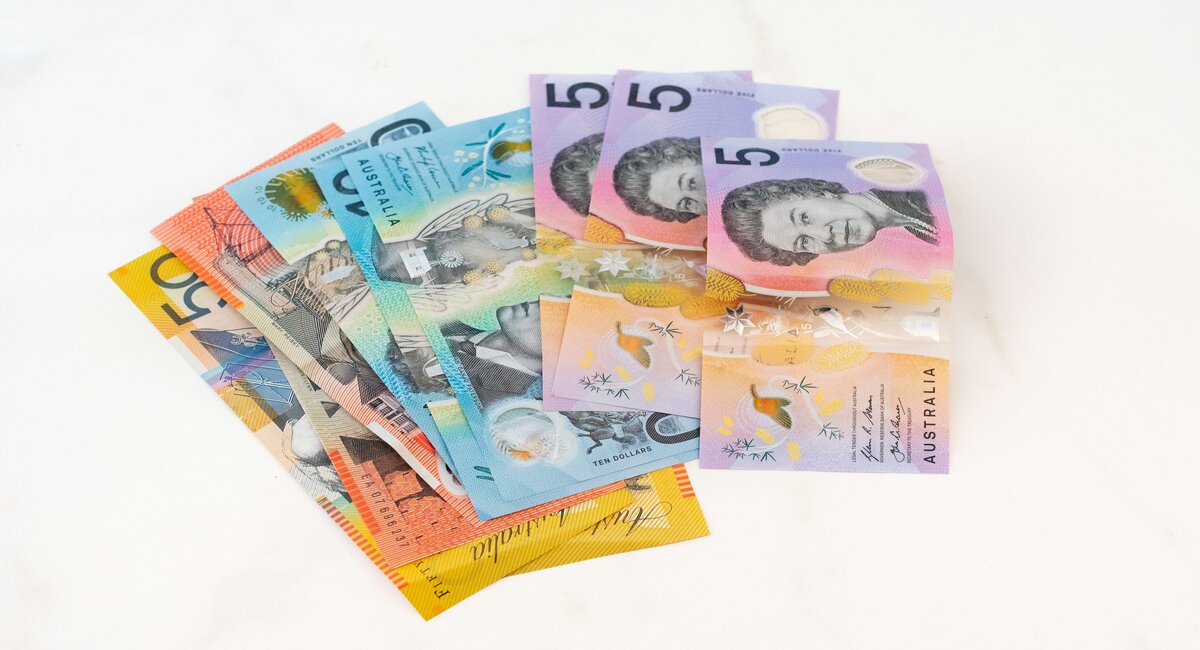- How travel money card works
- How credit or debit cards work overseas
- Differences between these cards’ fees
- Differences between their exchange rates
- Differences between their features
- Pros and cons of each card type
When travelling, you need some method of transferring and spending money. Some prefer to simply store cash in their wallet (or bum bag/fanny pack), but this has its flaws – you can easily lose cash, and carrying it around can be a pain, not to mention the humiliation of wearing a bum bag.
Aside from carrying cash, you’ve generally got three options for your travel money:
- Credit cards
- Debit cards
- Travel money cards
Travel money cards might seem simple, but they’re more complicated than what first meets the eye. There are numerous costs and usability issues you need to be aware of before you make your decision.
What is a travel money card?
Travel money cards, also simply referred to as travel cards, can be pre-loaded with the foreign currencies you need for spending or withdrawing cash overseas. You can even store multiple different currencies if you’re doing a planet-hopping trip.
But converting all your travel money at once can be both a blessing and a curse. By locking in a foreign currency ahead of time, you can protect yourself against dips in the Australian dollar, but you can also miss out on big increases.
How do credit and debit cards work overseas?
Debit and credit cards function overseas in pretty much the same way they do in Australia, but with some added international fees.
Here’s a core difference between credit and debit transactions:
- Credit cards let you spend up to your credit limit, making the necessary currency conversion at the time of the transaction.
- Debit cards allow you to spend the money in your account, making the necessary currency conversion at the time of the transaction.
Chances are you already have at least one of these cards, if not both. If you were to go overseas tomorrow, you’d generally be able to get by just fine by using either. But if you want to do a little better than ‘just fine’, look into our detailed comparisons of the three below.
Credit cards vs travel money cards vs debit cards: Fees
Fees are an important consideration when choosing travel cards. Not being aware of the high fees charged by your card can add hundreds of dollars to your final holiday bill.
a. Credit card fees
Credit cards come with a variety of fees that apply at home as well as overseas, but using the card overseas can attract a range of additional costs. We’d detailed these costs in depth here.
Generally, the main costs are:
- Currency conversion fees
- Overseas cash advance fees
Overseas cash advance fees are the fees charged for withdrawing any amount of money from an international ATM. They’re exclusive of local ATM fees, which is the fee charged by the ATM network itself, so some ATMs can double up here.
Overseas cash advance fees are usually either a flat dollar fee (as high as $5.50) or a percentage of the withdrawal, about 2-4%. If you’re withdrawing using a credit card, this cash advance will immediately attract interest rate charges of around 19%-22% p.a. depending on the card.
We’ll discuss currency conversions and exchange rates further down below.
b. Travel money card fees
Of the travel money cards currently available to travellers today, they tend to charge the following fees:
- Application/initial loading fees: charged for initially ordering the card, either percentage of the balance (around 1%) or between $10-$15.
- Top up and reloading fees: if you run out of cash you might have to pay up to $15 to put more on.
- Inactivity fees: Not using the card for a month could lead to an inactivity fee as high as $4.
- Closing fees: can be as high as $15 but most cards don’t charge one.
- Refund balance fees: can be between $10-$15 if you wish to withdraw any leftover cash at the end of your trip.
- Currency conversion fees: If you’re paying in or withdrawing a currency that isn’t one of the ones loaded on the card, you could be charged a currency conversion fee of up to 5.95% (of the transaction/withdrawal).
There are also replacement card fees, which can also be as high as $15 too. It’s worth noting that these fees mentioned are the maximum you can be charged – many cards now don’t charge fees for most of these things. There has been a number of new cards launched marketed as ‘fee-free’ options in recent years.
Most of these higher fees seem to be restricted to a few cards in particular.
c. Debit card fees
Before using your debit card in another country, you should be aware of the following fees:
- Currency conversion fees
- Overseas ATM withdrawal fees
- Overseas purchase fees
Withdrawing from an overseas ATM using a debit card can be cheaper than with a credit card, since you’re not charged cash advance interest from the date of the withdrawal. But you can still be hit with an overseas ATM withdrawal fee, which can be around $5 (on top of the currency conversion fee). However, there are a number of good value debit cards on the market that don’t charge overseas ATM withdrawal fees. Don’t forget that the overseas ATM network may also charge a fee on top of whatever the debit card is charging you.
While most debit cards don’t have an additional fee for making overseas purchases (besides the currency conversion fee), some charge as much as $5.
d. Currency conversion fees
What can really sting you when using your credit or debit card when travelling overseas is the currency conversion fee, which tends to be around 2-4% of the transaction or withdrawal. This fee is charged on any transaction you make with your card. The highest currency conversion fee on the market for a credit or debit card at the time of writing (November 2018) is 3.65%. This can have a marked difference to your final holiday bill:
| Amount spent on credit card | 0% | 2% | 3.65% |
|---|---|---|---|
| $2,500 | $2,500 | $2,550 | $2,591 |
| $5,000 | $5,000 | $5,100 | $5,182.5 |
Bear in mind too: currency conversion fees also apply to ATM withdrawals in addition to any overseas ATM withdrawal or cash advance fees charged.
One of the main attractions of a travel money card is that by only spending in the local currency of the country you’re in, you avoid these currency conversion fees. However, when spending money in a currency that’s not loaded on the travel money card, you can be charged a currency conversion fee as high as 5.95%.
Of course, not every credit and debit card charges a currency conversion fee – more and more cards are starting to offer 0% currency conversion fees. With such a card, the only additional cost for overseas transactions will come from the card’s exchange rate markup, which, as we’ll explain below, is often around 4-5% better than the exchange rates offered by travel money cards.
The takeaway: travel money cards have more fees in most cases, but credit and debit cards (mainly credit) can have more expensive fees. These fees are often avoidable with the right card – there are plenty of debit cards available now that charge nothing for ATM withdrawals or overseas purchases.
Credit cards vs travel money cards vs debit cards: Exchange rates
To spend any amount in a foreign country, your provider needs to exchange the Australian dollars on your card into the local currency being used.
The cost of exchanging this money can be a big wallet-drainer for travellers, be it through currency conversion fees or exchange rate margins. In 2018 the ACCC reported that Australians collectively pay $2 billion in foreign transaction fees through money transfers, travel money cards, debit cards and credit cards.
As we discussed above, the currency conversion fee is one of the biggest costs for travellers who use their credit and debit cards overseas. But for travel money card users, one of their biggest costs is the exchange rate margin which hits them whenever they load money onto the card.
You see, when your currency is converted into another, the exchange rate you get is not the exchange rate you see on Google or reported on the evening news – that’s the mid-market rate. Foreign exchange services have a margin built into the exchange rate, ensuring the rate you get is always worse than the mid-market rate. For travel money card providers, this margin is likely to be one of their biggest profit-generators.
A study by the now-cancelled ABC show The Checkout in 2014 reported that travel money cards have exchange rates that are, on average, between 4-5% worse off than the exchange rates on credit and debit cards (i.e. Visa, Mastercard or Amex’s exchange rates), which are normally pretty close to the mid-market rate.
Source: The Checkout
Say you were going to the UK and wanted to load up a travel money card with some pounds sterling. On a range of travel money cards we tested (on the 28th of November 2018), loading $AUD2,000 would get you between £1,075 to £1,096, while on Visa or Mastercard’s exchange rates, $AUD2,000 would get you around £1,125. That’s around £30 ($53) to £50 ($88) of difference!
You can also get hit with the poorer exchange rates when withdrawing any leftover currency at the end of your trip, so it might be more economical to buy some duty-free stuff at the airport.
Of course, by loading all of your travel cash onto the travel card before the trip, you’re effectively locking in an exchange rate, which can work in your favour if the value of the Aussie dollar falls while you’re travelling.
The takeaway: credit and debit cards offer better exchange rates than travel cards, but consistently accruing currency conversion fees can really add up over time.
Credit cards vs travel money cards vs debit cards: Accessibility & features
a. Using credit cards overseas
Credit cards can be used anywhere the card’s network (Visa, Mastercard, Amex etc.) is accepted. Of course, some networks have wider acceptance in some countries than others, so consider this when choosing which credit card to use overseas.
When pre-authorisations (i.e. security deposits) are required, such as when checking-in to a hotel room or renting a car, credit cards can come in handy, because the pre-authorisation amount is often less for a credit card than a debit or travel money card and it is usually released sooner.
Some credit cards come with useful features for travel like complimentary travel insurance, airport lounge access and/or 24-hour concierge services, but these cards tend to have higher fees and interest rates. Many cards also allow you to earn rewards points on your overseas spend, which could be used for future travel expenses.
But since credit cards allow you to spend up to your credit limit, it can be easy to overspend on one when travelling. Also, because of the high fees and interest rates for overseas cash advances (as discussed above), using a credit card to withdraw cash from overseas ATMs can be a very expensive exercise. So if you know you’re going to a very cash-oriented country like Japan, you should stick to using a debit card or travel money card for ATM cash withdrawals.
b. Using debit cards overseas
Using a debit card overseas can be just like using a credit card, except of course the fact that you’re spending your own money. This can be useful for budgeting, as you can only spend up to whatever’s on the debit card’s account.
When it comes to making ATM withdrawals, debit cards can be the best option, particularly on those that don’t charge fees for overseas ATM withdrawal or currency conversion. Also, one of the advantages of debit cards is that some are offered by major international banking networks (e.g. HSBC, Citi etc.) that have thousands of ATMs spread across popular tourist destinations all over the world, giving users a good chance of avoiding ATM network fees.
A downside to using debit cards is sometimes they’re not accepted for pre-authorisations (e.g. for car rentals or hotels), and even if they are, the pre-authorised amount is often bigger than what it’d be with a credit card and can take longer to be released back to you.
For example, at the time of writing, one popular car rental agency in Australia requires a pre-authorisation of $100 for credit cards, but $400 for debit cards.
Another downside to debit cards is they can have less fraud protection than credit cards, so if your card is stolen, it can be harder to get your money recovered, whereas a credit card may have zero liability protection.
c. Using travel money cards
Depending on the card you choose, you can load between half a dozen to 13 currencies. These currencies will usually be the major ones: US dollar, British pound, New Zealand dollar, Indonesian rupiah, Japanese yen, Chinese yuan. If you try to pay in a currency that isn’t loaded on the card, you’ll be charged the earlier-mentioned currency conversion fee.
Travel money cards are usually Visas or Mastercards, so like credit or debit cards, you can typically make purchases or withdraw from an ATM at any place that uses the Visa or Mastercard network.
You should also be aware that travel cards can have maximum balances of up to $100,000, but this probably won’t be an issue for short trips. It can also take several business days to load extra money onto your card if you run out, so budget properly!
Also, like debit cards, travel money cards may not be accepted for pre-authorisations and don’t often offer the same level of security as a credit card.
Travel cards, credit cards & debit cards: pros & cons
Want to cut through all that clutter above? We’ve compiled all of this info, and a little bit more, into a handy pros and cons list below:
| Travel cards | Credit cards | Debit cards | |
|---|---|---|---|
| Pros |
|
|
|
| Cons |
|
|
|
Savings.com.au’s two cents
Each of these cards has its own merits, but you don’t have to limit yourself to just one. For major trips, having all three types of cards can be beneficial. For example, you could:
- Use your credit card for daily spending (if you’re after rewards points), booking hotels and car rentals (for easy pre-authorisations) and for taking advantage of any travel perks your credit card has (e.g complimentary travel insurance, airport lounge access, concierge service)
- Use your debit card for daily spending and to make cheap cash withdrawals from ATMs
- Have some foreign currency pre-loaded onto a travel money card in case the value of Aussie dollar takes a plunge
For travelling children, many parents provide them with travel money cards because of their simplicity. Also, it’s probably not wise to give them your credit card in another country.
No matter which option you pick, make sure you’re happy with the fees, interest rates and features attached, and above all, enjoy your travels!



 Brooke Cooper
Brooke Cooper
 Harry O'Sullivan
Harry O'Sullivan